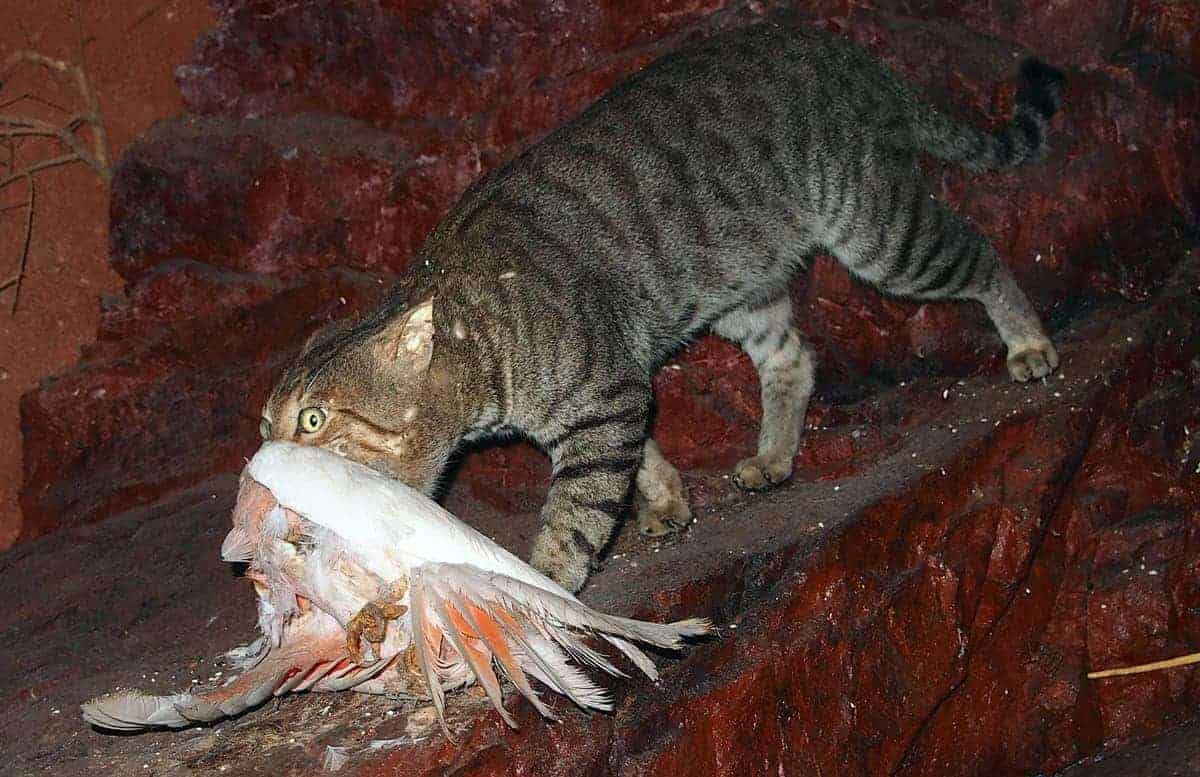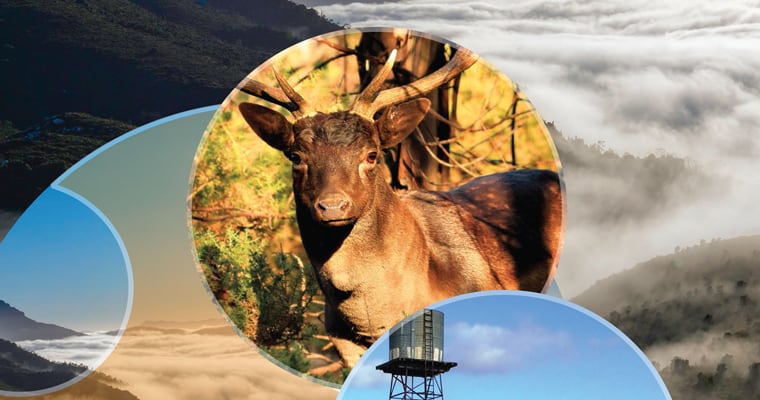
Efforts to save Australian wildlife from the impacts of catastrophic bushfires will fail unless the control of foxes, feral cats, horses and deer are a major part of wildlife disaster recovery plans, the Invasive Species Council warned today.
“Fire-denuded landscapes suit feral cats and foxes, which pick off injured and recovering small mammals seeking food and shelter in the fire zone,” Invasive Species Council CEO Andrew Cox said.
“Native wildlife will be at much greater risk of attack because the fires are forcing them further afield to find food, and there is not enough vegetation to hide them from foxes and cats.
“Deer will be among the first animals to find and devour new green shoots, taking out new sources of wildlife food before our native animals can get to them and impeding vegetation regrowth.”
The Invasive Species Council is calling for any wildlife disaster recovery plans to include a comprehensive list of actions that will quickly reduce numbers of feral animals and weeds.
“The presence of environmental weeds and hard-hoofed animals like feral deer, horses and pigs in the burnt landscape will be a major obstacle to environmental recovery efforts,” Mr Cox said.
“Restoring damaged and lost habitat is critical but will be painfully slow and in many cases impossible if we don’t hit pest animals like feral horses and deer hard as part of recovery plans.”
The Invasive Species Council is calling on federal and state governments to urgently roll out a three-point wildlife recovery program:
- Feral cat and fox control: Fast-track feral cat trapping and fox baiting at threatened mammal sites.
- Hard-hooved pest animal control: Accelerate trapping, ground and aerial shooting of feral deer, horses and pigs.
- Weed control: Target urban areas and disturbed sites susceptible to weed incursions.
“Already in Kosciuszko National Park thousands of feral horses are freely roaming the fire grounds, feeding on vegetation that should provide food and shelter for native mammals, small lizards and other ground-dwelling wildlife,” Mr Cox said.
“No humane feral animal measure should be off the table.”
The months after a bushfire are among the best times to control feral animals, which congregate in areas where scant feed is available. The open landscape makes it easy to locate feral animals and to use humane control methods such as aerial shooting to quickly reduce their numbers.
Grazing animals like feral horses and deer will also impact the recovery process for rare alpine vegetation and mountain wetlands through grazing and trampling. This threat must be addressed by quickly reducing feral animal numbers in sensitive areas.
Environmental weeds are another serious threat that will hamper environmental recovery and restoration efforts.
Major weeds such as Coolatai grass and lantana are known to benefit from fires by spreading into burnt areas.
“Australians and the world have been quick to respond to the bushfire wildlife disaster, with generous donations being sent to help rescue and care for injured animals,” Mr Cox said.
“These efforts are of huge immediate relief but will be in vain unless a far-reaching pest and weed plan is put in place to maximise the chances of native wildlife surviving, recovering and thriving in an environment not dominated by predating cats and foxes and destructive feral herbivores like horses and deer.
“If we fail, we will inherit a landscape full of feral animals and weeds and a hostile environment for Australia’s native plants and animals.”
For comment
- Andrew Cox, Invasive Species Council CEO – 0438 588 040.








